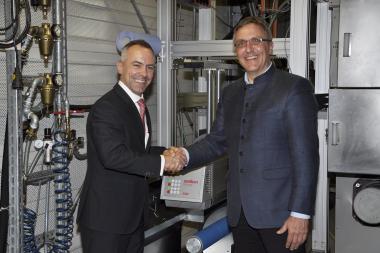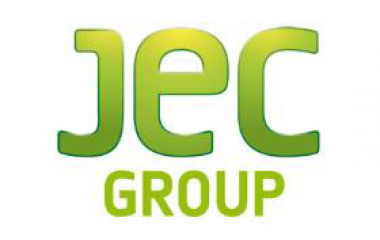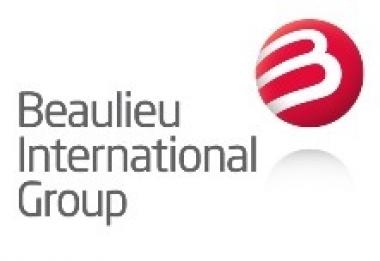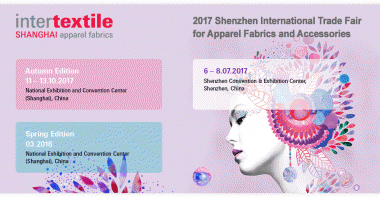Oerlikon presents new take-up winder to ITA as partial gift
In May 2017, Jochen Adler, Vice-President and Chief Technology Officer at Oerlikon Textile GmbH & Co. KG, presented a Oerlikon Barmag take-up winder as a partial gift to Prof. Dr Thomas Gries, head of the Institut für Textiltechnik (ITA) at RWTH Aachen University. The new Type ASW602 winder, which is equipped with modern control software and user interface, replaces the former institute’s Barmag take-up winder.
Due to this modernisation, ITA has access to a latest generation take-up winder which is used for various research projects. The new winder is applied at ITA’s two pilot melt spinning plants and ensures the transfer of new research and development insights into the pilot scale. Furthermore, this winder has two winding positions and operates with winding speeds between 2500 m/min and 5500 m/min. The new winder is suitable for all kinds of polymers, from polypropylene to polyethylene, polyester, polyamide etc. as well as for the production of several types of yarn, such as industrial yarn, pre-oriented yarn and fully-drawn yarn.
“We thank Oerlikon Barmag for the generous partial gifting and the support during the set-up of the new take-up winder”, says Prof. Dr Thomas Gries. “The new equipment will keep the institute’s machine park on a high and powerful level.” The head of ITA’s chemical fibre department Dr Thorsten Anders adds: “This winder is designed for the needs of chemical yarn research. It allows state of the art technology research and development and pilot-scale production. We will use it for the melt spinning plants in the single- and bi-component spinning process. This way, we can access a wide variety of producible yarn types.“
Oerlikon, ITA
Institut für Textiltechnik of RWTH Aachen University










